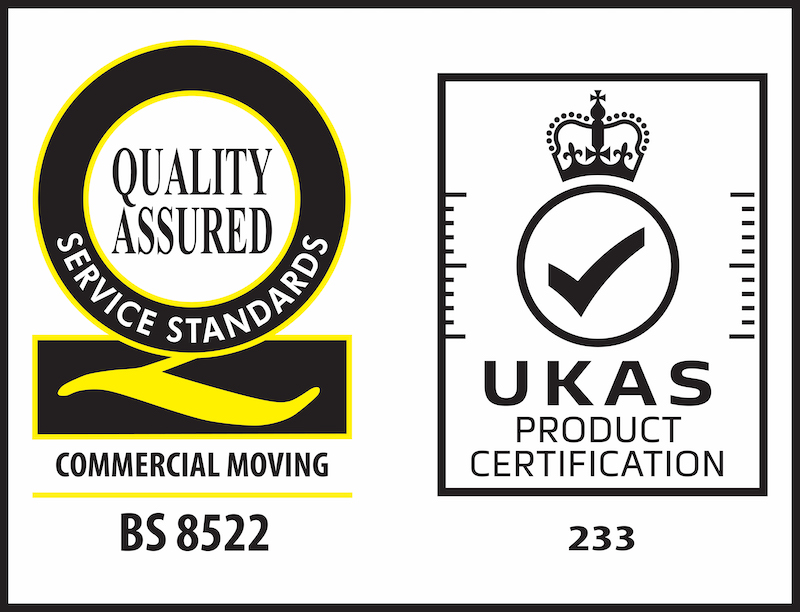Three ways office furniture can be reused or recycled
Here are three ways to achieve sustainable furniture removal through reusing and recycling.

MORE STORIES
- Page 1 of 26
Please click here to chat through what you'd like your Success Story to be.
Plenty of workplaces have policies in place for recycling paper, plastic and glass, but what about furniture or IT equipment? Sustainable furniture removal is important because it reduces waste going to landfill, lowers the carbon footprint, contributes to CSR goals and increases the lifecycle of furniture.
Many companies may be looking to downsize or relocate in the year ahead which will lead to excess furniture. Here are three ways to achieve sustainable furniture removal through reusing and recycling.
Audit
It may sound obvious, but an audit is a vital first step. Without an audit, you may find you have too much furniture for a new office – or not enough! An audit will also record the condition of all items, making it easier to decide what can be kept, what can be refurbished and what might need to be recycled. A digital audit is preferable as it’s easier to maintain and multiple people can access it with ease.
Refurbish
While it might be tempting to kit out a new space with brand new furniture, it’s not the most environmentally-friendly option. In fact, it’s often not the most cost effective option either. Furniture can be refurbished to a high enough standard that anyone would think it was new. We worked with a major bank on a massive furniture management programme with a goal of them never having to buy new if they had suitable existing furniture. The result was an annual saving of £500,000 - £750,000 over a 10-year period.
Donate
Donating furniture is a fine option for when it’s no longer needed but still has a lifecycle. It’s also a great way to support local charities, helps with CSR and employees can get involved too. Many of our clients like to donate furniture to local schools or hospitals. Sustainability is part of the culture at BMG. We donate office chairs to the Orange Circular Economy scheme, have recently partnered with a charity to takes redundant tech, and are always looking for new sustainable partners to support us and our clients.
However furniture is removed and disposed of, it’s vital to do so in a way that protects sensitive and / or confidential information. An in-house team may need to be prevented from seeing HR or financial documents. If working with a partner to remove furniture, ask about how they handle and store sensitive information and equipment.
It’s not uncommon that desks or filing cabinets will be tagged for removal without them being fully emptied in advance. Expert partners can help determine what needs to be stored and what can be discarded, all in a confidential manner.
Sustainable furniture removal can be overlooked as a business strategy, yet it has big benefits from an environmental and financial perspective. Contact us today to talk about how we can support your sustainable furniture management.
MORE STORIES
- Page 1 of 26
Please click here to chat through what you'd like your Success Story to be.





